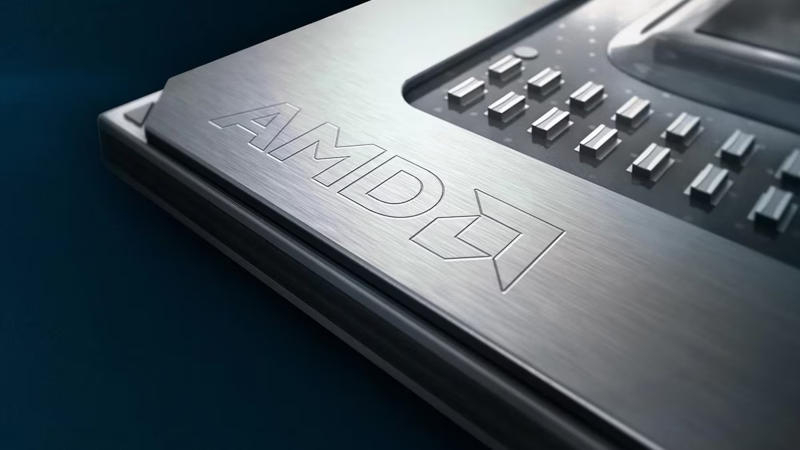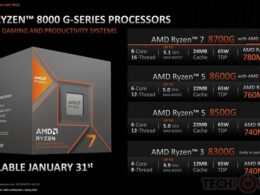Despite not being a flagship, the AMD Ryzen 7 7800X3D has proven to be the superior gaming processor, thanks to its additional 64 MB 3D cache. Ambitions were running high once AMD announced the Zen 5 architecture, with fans of the brand expecting information on the Ryzen 9000X3D models. While none was forthcoming, AMD did assure PC Gamer reporters that they are “actively working on really cool differentiators” to make the 3D V-cache technology even better.
According to Donny Woligroski, Senior Technical Marketing Manager at AMD, the company is forging ahead with improvements on the 3D V-cache. “It’s not just about adding a 3D-cache to the chip. We are actively working on really cool distinguishing features to make the technology even better. We’re working on X3D, we’re improving it”, he assured.
Speculations run that AMD chose to increase on-chip memory: 64 MB being the constant 3D cache component size in Ryzen 5 5600X3D, Ryzen 9 7950X3D, and EPYC 9684X chips, the last of which boasts over 1 GB of L3. A noticeable absence of 3D V-cache memory in AMD APU hybrid processors, such as Ryzen 8040U or the new Ryzen AI 300, limits the performance of the otherwise decent integrated graphics due to lack of memory bandwidth.

AMD could be considering the installation of more compact cache chips in cheaper Ryzen X3D models, further distinguishing the Ryzen 9 variant. In Ryzen and EPYC processors, additional L3 cache is installed on one or more CCDs (Core Complex Die) which induce increased power consumption and heat emission, necessitating a lower clock frequency.
The first-generation 3D cache chips in Zen 3 processors spanned 41 mm²; this was reduced in Zen 4 to 36 mm². Both these SRAM chiplets were produced by TSMC using N7 technology. As SRAM doesn’t scale well with node reduction, AMD could opt for N5 standards for the third generation. This could result in either more memory in the same-sized chip or maintaining the 64 MB volume on a more compact chip, i.e., reducing heat emission and increasing clock frequency. However, all these details will only come to light toward the close of the current year. It appears that AMD might stick with the tried-and-tested strategy of launching the Zen 4 architecture in August 2022 and only announcing the Ryzen 7000X3D chips in January 2023.





